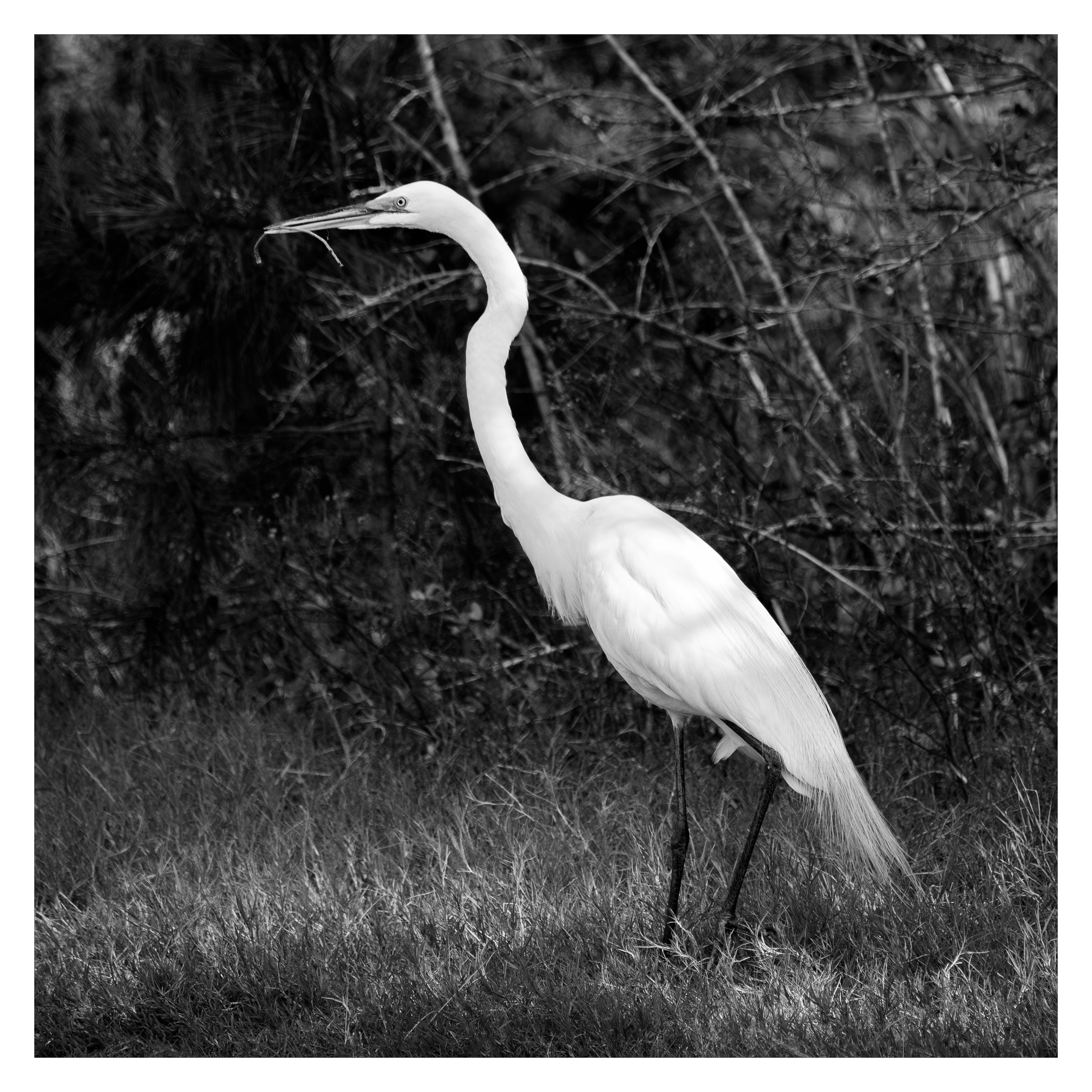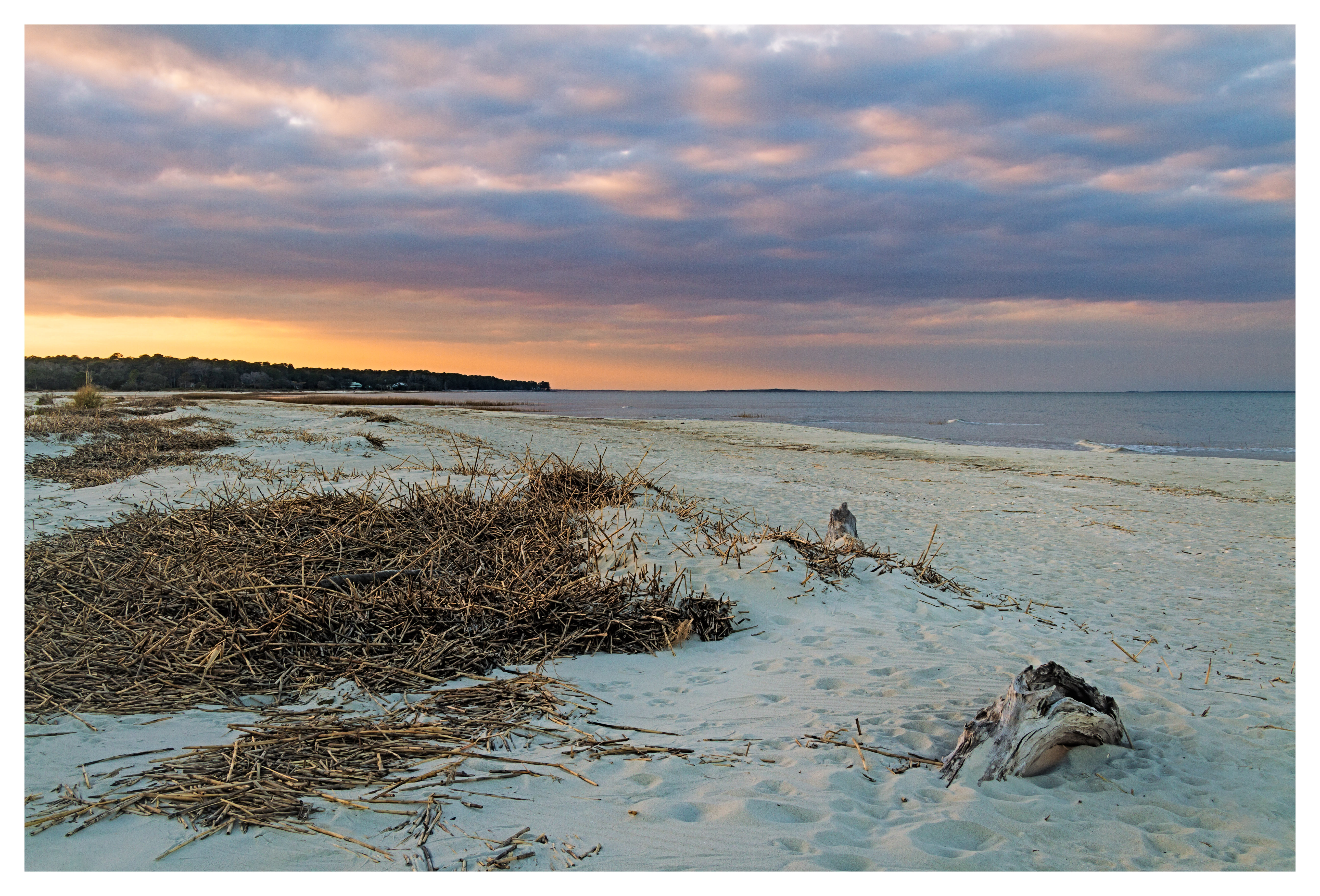Icon: In Honor of Charles W. Cullen
Photo:Engage a photography blog you want to follow
“Seeing is not enough; you have to feel what you photograph.” - Andre Kertesz
Few man-made structures stand the test of time in both beauty and function. It's rare when design and engineering unite in perfect synergy. When I think of beautiful architecture, places like the Taj Mahal, the Chrysler Building, the Sydney Opera House, and the Golden Gate Bridge come to mind. Locations like these have not only enduring beauty but also perfect function.
The Taj Mahal was built as a glorious tomb for the wife of a heartbroken Indian emperor. It is resplendent like no other. For admirers of Art Deco, the Chrysler Building in east-central Manhattan is unequaled in elegance. Sydney's Opera House, with its famous silhouette of soaring "shells," is an archetype of modern expressionistic design and a symbol for Australia's most populous city.
And the Golden Gate Bridge which spans the mouth of San Francisco Bay in northern California is almost certainly the most photographed bridge in the world. Some even claim it to be the most beautiful but I think there's a challenger for that honor in lower Delaware. As I wrote in my post on March 13, 2021...
Since its dedication in 2012, the current Charles W. Cullen Bridge makes for a magnificent sight along the lower Delaware coast. Already about ten years into its hundred year lifespan, this engineering marvel links Coastal Highway across the stabilized Indian River Inlet from which the bridge gets its more popular name.
Nearly a half mile in overall length, this graceful cable-stayed bridge spans 950 feet over the water and gives passing boat traffic 45 feet of clearance. Its four main pylons soar 247 feet in the air and the bridge used 28,000 cubic yards of concrete, almost 9 million pounds of rebar, and just shy of 2 million feet of cable in its construction. The Cullen Bridge's cabling is painted a distinctive shade of blue, the color being the winning choice of local citizens in a voting contest.
The fifth bridge to span the inlet, it's the best engineered yet with all of its piers out of the water to eliminate problems with erosion. It was also the first bridge in the United States to have integrated fiber optic stress sensors giving engineers real-time information on the integrity of the bridge's components. Aglow at night by its bat-friendly blue lighting, the bridge's design gracefully evokes the romantic grandeur of a tall ship.
But who was Charles West Cullen, you might ask? A very accomplished son of Delaware, he first practiced law with his father in Georgetown, then under his own shingle. Born in 1865, Charles was an active member of both the Sussex County and Delaware State Bar Associations and served in the State Militia. He joined the State Highway Commission in 1930 where he eventually served as its Chairman. Under his leadership, a new inlet bridge was built to replace the original crumbling wooden one. Dedicated in 1940, that concrete and steel swing bridge was the first one to bear his name. We are now on the fourth.
As a photographer, I'm deeply in love with this beautiful bridge. It's a glorious symbol of southern Delaware and a testament to the people who labored to build it. I hope you enjoy this early evening view of one of the pylons, an 'Icon' standing proudly in the bright blue Delaware sky. And maybe render a silent salute to Charles W. Cullen, who passed away in 1948. His fame may have since faded but his legacy surely remains.



Comments
Post a Comment